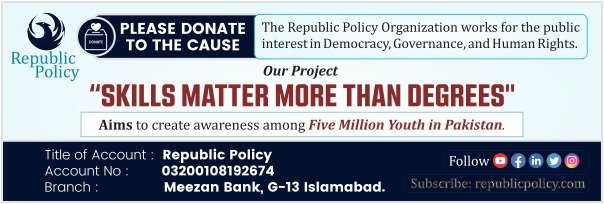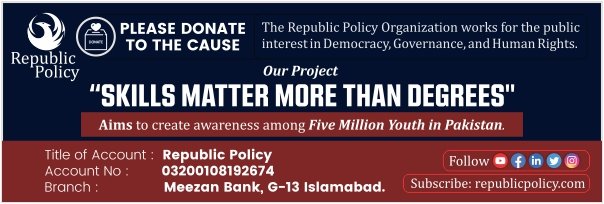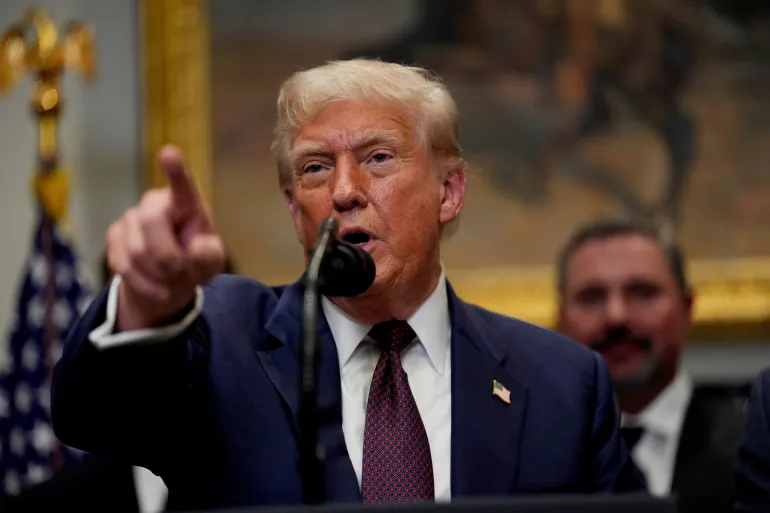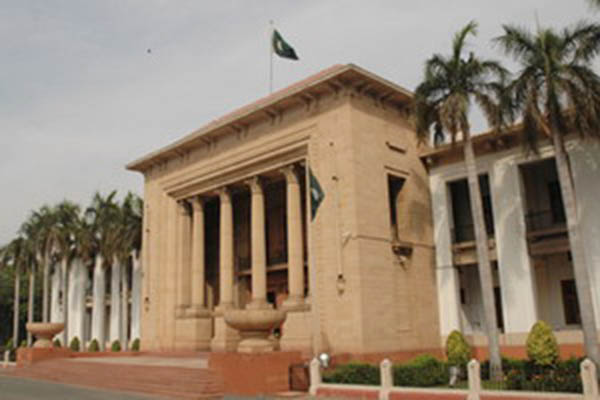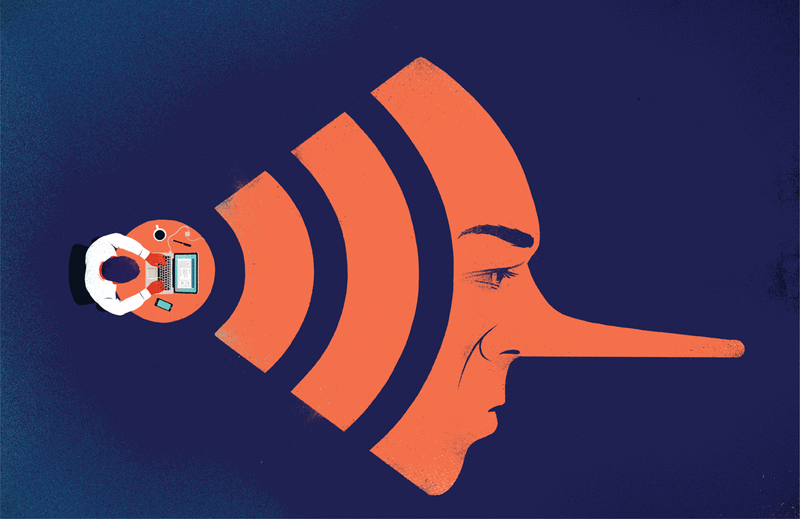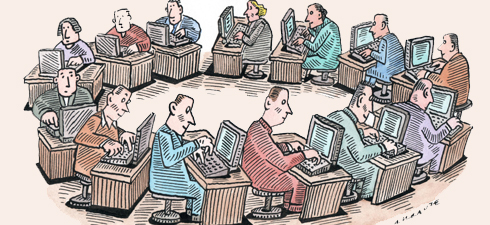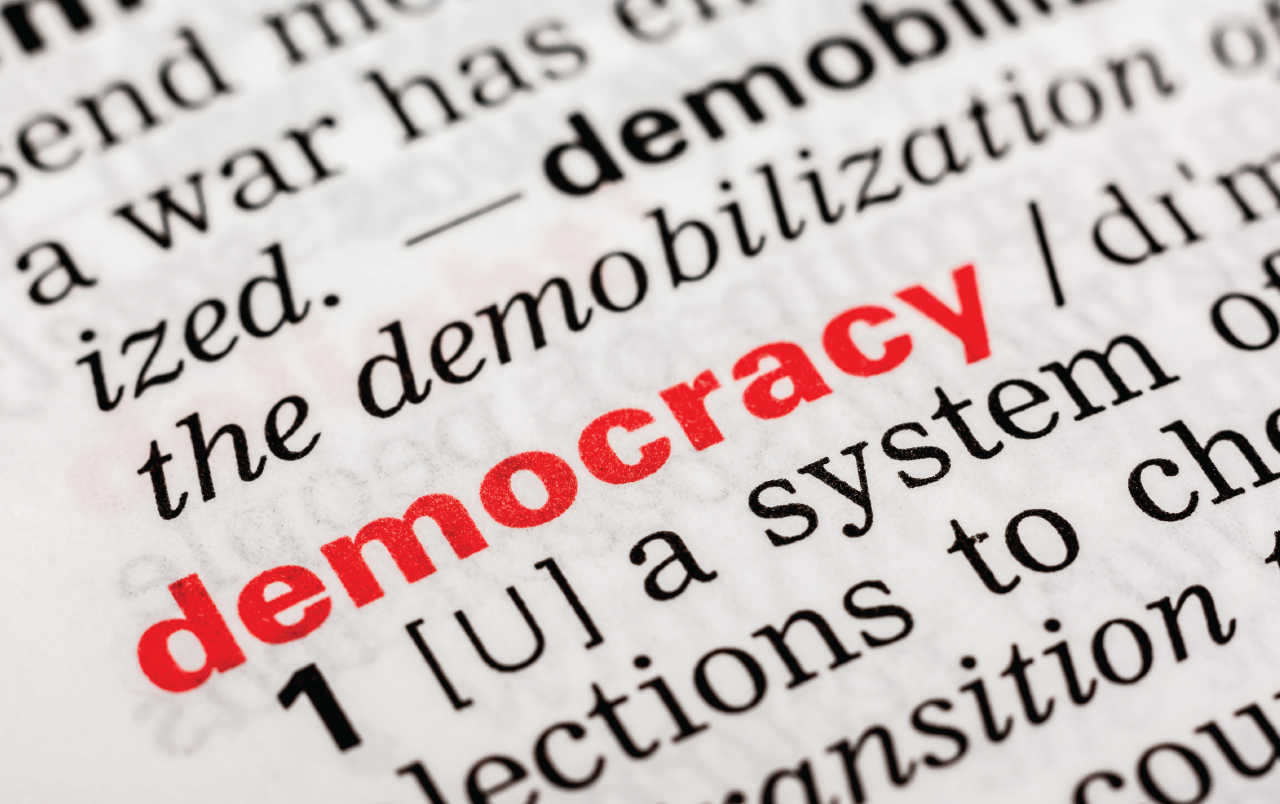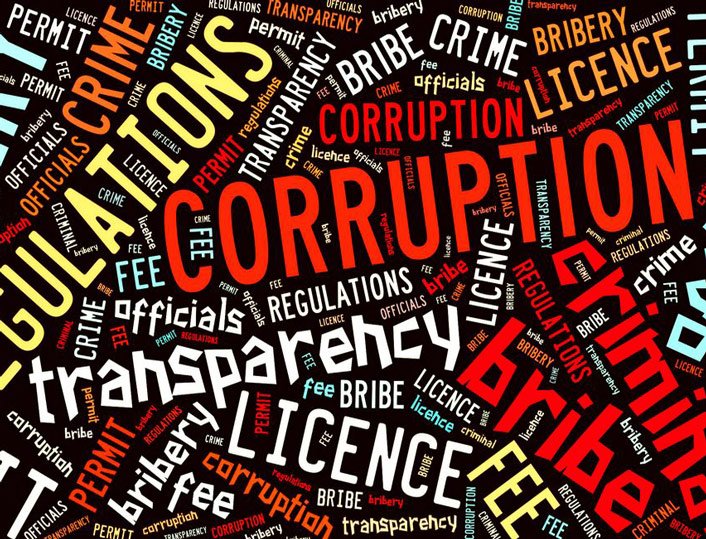Arshad Mahmood Awan
Pakistan stands at a crucial economic crossroads. For the first time in two decades, poverty is rising again. The World Bank’s 2025 Poverty, Equity, and Resilience Assessment paints a sobering picture: after falling from 64.3% in 2001 to 21.9% in 2018, poverty has now climbed back to 25.3%. The country that once seemed to be moving steadily toward prosperity is now struggling to hold on to its hard-won gains.
The reasons go far beyond recent shocks like the COVID-19 pandemic, floods, or surging inflation. They reflect the fragility of Pakistan’s economic structure, which has long rested on unsustainable foundations. For years, poverty reduction depended on the informal economy and overseas remittances — temporary lifelines that offered quick relief but never built durable strength. As a result, millions of Pakistanis hover perilously close to the poverty line, slipping back whenever a crisis strikes.
Follow Republic Policy on YouTube
The structural weakness is clear: growth remains consumption-driven, not investment-led. Productivity has stagnated, exports have failed to diversify, and job creation has lagged behind population growth. The sectors employing the poor — agriculture, services, and low-end manufacturing — remain unproductive and underpaid. The economic model has failed to create resilience or genuine opportunity.
But the economic story is only part of the crisis. Human development in Pakistan remains alarmingly poor. Nearly 40% of children are stunted, one in four is out of school, and most 10-year-olds cannot read a simple story. These are not just social tragedies — they are economic obstacles. A poorly educated, unhealthy population cannot sustain productivity, innovation, or competitiveness. Without human capital, economic reform is little more than accounting.
Follow Republic Policy on Facebook
The World Bank report highlights deep inequality across geography and class. Rural poverty is more than twice that of urban areas, with Balochistan and southern Punjab lagging far behind. Entire districts have remained chronically poor for decades, cut off from markets, infrastructure, and quality services. Even urbanization, often a driver of opportunity, has failed Pakistan — its cities are overcrowded, underplanned, and poorly governed. Instead of becoming engines of growth, they are breeding grounds for informality and inequality.
Follow Republic Policy on TikTok
Fiscal policy, meant to close these gaps, often widens them. Pakistan’s tax system relies heavily on indirect taxes, burdening the poor while letting elites escape through exemptions and loopholes. Subsidies on energy, fuel, and real estate benefit the affluent far more than those who need them most. Programs like the Benazir Income Support Programme (BISP) do provide essential relief, but they cannot lift millions out of poverty without structural transformation in jobs, education, and infrastructure.
Follow Republic Policy on Instagram
Then there is the climate crisis. The devastating 2022 floods, which displaced millions and destroyed crops, revealed just how vulnerable Pakistan’s economy has become. With its dependence on agriculture, fragile infrastructure, and poor disaster management, Pakistan sits on the front lines of climate change — where one flood or drought can erase years of progress overnight.
The World Bank’s recommendations are practical and familiar: invest in people and lagging regions, expand social protection, reform fiscal policy, and improve data-driven decision-making. But Pakistan’s challenge has never been a shortage of ideas — it has been a shortage of political courage. Every government has acknowledged these needs; few have acted decisively. Elite interests, bureaucratic inertia, and the politics of patronage continue to block meaningful reform.
What Pakistan faces today is not merely an economic downturn — it is a governance failure. Poverty reduction requires more than cash transfers and development projects. It demands a complete rethink of how the state allocates resources, designs incentives, and prioritizes citizens over vested interests.
The way forward is clear. Pakistan must move from consumption to production, from exclusion to inclusion, and from reaction to resilience. This means investing in human capital, empowering local governments, reforming education and agriculture, and redirecting fiscal policy toward equity and opportunity.
The crisis can still be turned into a turning point — if leaders choose long-term reform over political expediency. Poverty is not destiny; it is a result of choices. For Pakistan, the time to make the right ones is now.


